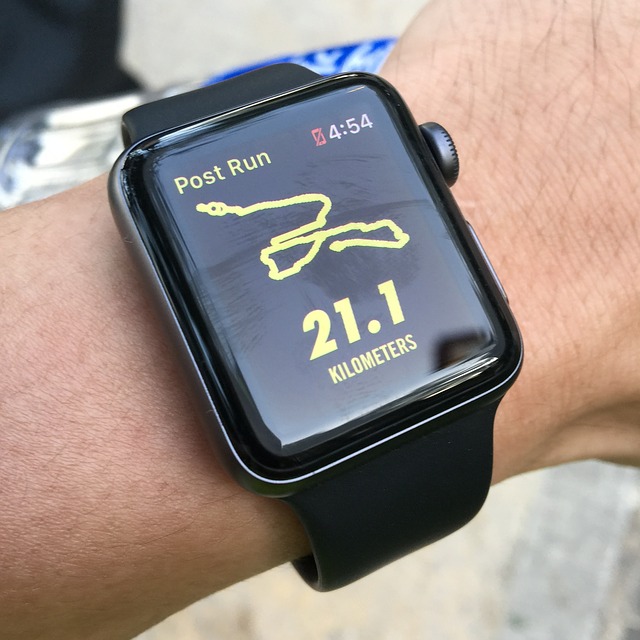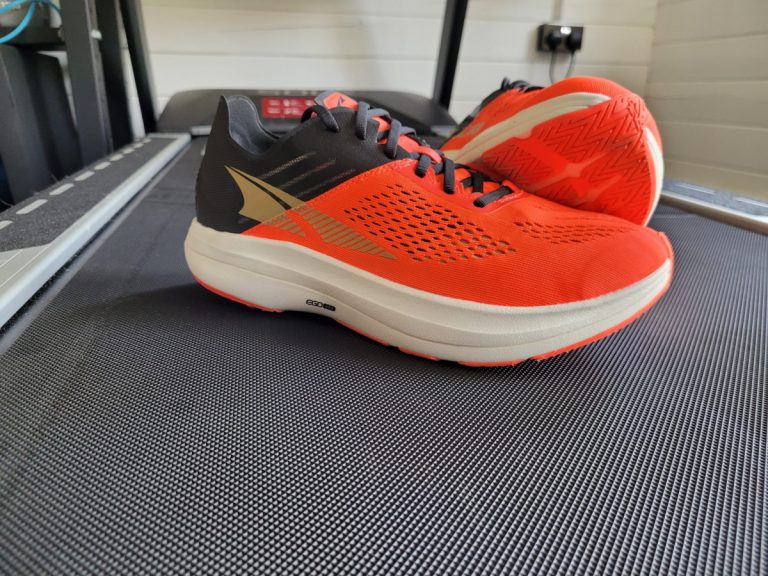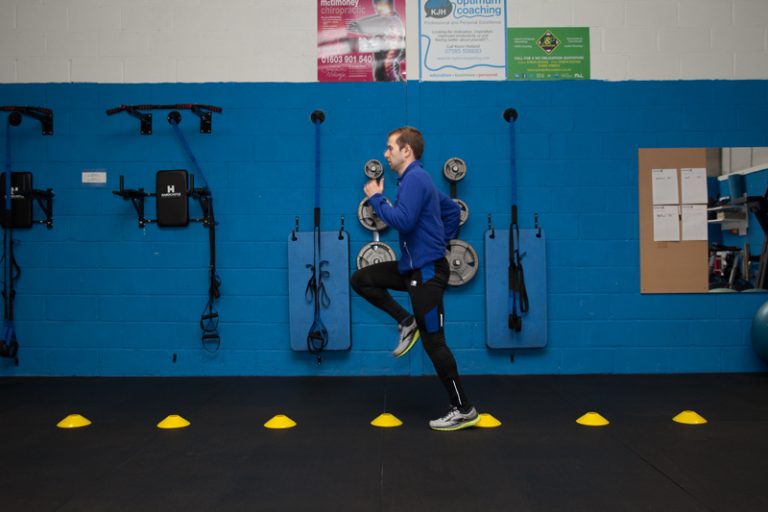Four running route types and their benefits
There are lots of ways to plan a running route. Below I’ve listed the four most common types with some of the pros and cons for each.
I would recommend using all four in your training to keep variety and enjoyment in what you do, as well as ensuring a well-rounded training plan.
Single Loops
This is one large lap or loop, often taking you several miles from your start point. Commonly used for long runs in marathon training.
Pros: interesting runs and gives you the opportunity to run in different areas.
Cons: route planning can be hard if you’re working for a set distance or live in more isolated areas that mean you always have one way out or in.
Multiple laps
Short laps, often 2-3 miles for shprter runs or 4-6 miles for long runs.
Pros: very versatile and adaptable. Allow you to stay close to home or work easily. Ideal if you’re trying out new fuels for training in case of stomach upset. Helpful if you don’t like carrying a drink or hydration pack as you can leave a bottle somewhere.
Cons: can be very boring, at times tempting to stop early. Lots of turning corners or crossing roads and small junctions can break up your rhythm and slow you down.
Out and back routes
An out and back route is exactly what it sounds like, you run out to a set point or distance, then run back.
Pros: great if you find yourself tempted to cut long runs short when you get towards the end. Can be a great way to get used to working on negative splits (running the second half faster than the first half).
Cons: if you’re on a tight schedule and fall behind this often gives you no room for changing your run. You’ll likely need to take fuel and fluid with you which can alter your running style and hinder your training marginally.
Lollipop
This is a combination of loops and an out and back. Run out to a set point, complete laps then return.
Pros: very adaptable so you can add more distance if you want to or cut out if you need to on a particularly long run. More interesting than either small loops or an out and back.
Cons: If you feel ill or start to ache it can leave you with a long way from your start point.
Now you know how you can use these four route types, adapt your training if needed to incorporate your own preferences using the routes.
Written by Kyle Brooks, Running Coach, based in Norwich, Norfolk







